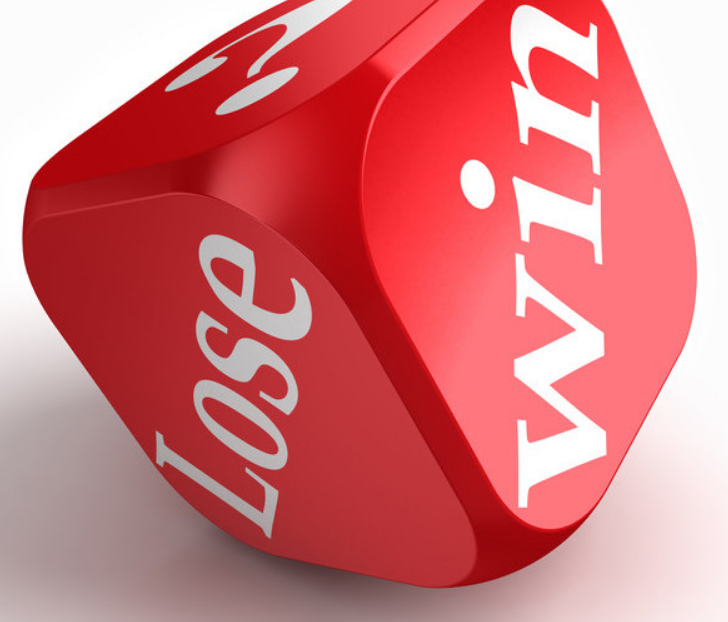A Winning Approach to Trading in the Stock Market
Many traders lose simply out of ignorance. They base their trades on hunches, news, or tips from friends, and do not define specific risk and profit objectives before placing trades. Others have the merit of educating themselves but fall victims of their emotions. They hold on to losing positions hoping they will turn into winners and sell winners by fear of losing a small gain. They over-trade to fulfill a need for action or by fear of missing out.
The consistent winners follow a winning approach:
– They have a strategy to enter and exit trades
– They use good money management
– They take consistent actions, they follow a trading plan
– They keep good records so they can review their actions
– They avoid over-trading
– They have a winning attitude
A strategy to enter and exit trades
You need to a strategy to put the odds in your favor for each trade you take. Your strategy should be as objective as possible and include the following elements:
Entry: conditions required before you can enter a trade – may include technical analysis, fundamental analysis, or both.
Initial stop loss: price at which you will close the entire position if it does not go in your favor. The risk per share is the difference between the entry price and the initial stop.
Initial price objective: price at which you will take some or all profits if the trade goes in your favor.
Trade management: set of rules that dictates your actions while a trade is opened. It may include trailing stops, closing position, etc
For every action you take, the reason should be clearly described in your strategy.
Money management rules to keep losses small
The goal of money management is to ensure your survival by avoiding risks that could take you out of business. Your money management rules should include the following: Maximum amount at risk for each trade. The different between your entry price and your initial stop loss is your risk per share. Your maximum amount at risk for each trade determines the share size.
Maximum amount at risk for all your opened positions.
Maximum daily and weekly amount lost before you stop trading, and avoid trying to trade your way out of a hole after a loosing streaks.
During your learning phase, your goal should be to survive, not to make money. Start with low limits and raise them as you become a consistent winner otherwise you will simply go broke faster.
Good record keeping
Although the process of gaining experience cannot be rushed, it can be made much more efficient by keeping good records of your actions. Good records will allow you to: Review your actions at the end of each day to make sure you followed you strategy, not your emotions.
Learn from your losses, they cost you money, make sure you get the education in return.
You should also keep a journal of your observations.
A trading plan to keep emotions out of your decisions
During trading hours, emotions will turn smart people into idiots. Therefore you have to avoid having to make decisions during those hours. This requires a detailed trading plan that includes your strategy and your money management rules.
For every action you take during trading hours, the reason should not be greed or fear. The reason should be because it is in the plan. With a good plan, your task becomes one of patience and discipline.
You have to follow the plan without exception. Any valid reason for an exception – for example, correcting an oversight – should become part of the plan.
Over-trading
Sometimes the best thing to do is to do nothing. Not trading on those bad days is key to becoming a consistent winner, in some situations it is very tempting to over-trade:
– If you trade to fulfill a need for action, to relieve boredom
– If you can’t find the proper setup but can’t wait
– If you fear you are missing out on a great trade or on a great market
– If you want to make up for losses (revenge)
– If you trade to feel like you are working instead of sitting around. Trading involves a lot of work other than the actual buying and selling.
You should not trade under the following conditions
1. You are not following my trading plan
2. You have reached your daily or weekly maximum loss
3. You are sick or very tired
4. You are very emotional (upset, pressured to make money, self-esteem destroyed)
5. You are using new tools you are not completely familiar with
6. You need time to work on your trading plan
A winning attitude
Losing traders look for a sure thing, hang on hope, and avoid accepting small losses. Their trading is based on emotions. You must treat trading as a probability game in which you don’t need to know what is going to happen next in order to make money. All you need to know is that the odds are in your favor before you put a trade.
If you believe in your edge, which is you believe that the odds in your favor for each trade you enter, then you should have no expectation other than something will happen.
Your attitude will have a direct influence on your trading results: Take responsibility for all your actions, don’t blame the market or world events.
Trade to trade well and for the love of trading, not to trade often and not for the money. The money will come as a result of trading well.
Don’t be influenced by the opinions of others. Reach your own decisions and follow them.
Never think that taking money from the market is easy and never assume that you know enough.
Have no particular expectation when you place a trade because you know that anything can happen.
Don’t try to guess the future, trading is a game of probabilities.
Use your head and stay calm, don’t get excited or depressed.
Handle trading as a serious intellectual pursuit.
Don’t count how much money you have made or lost while you are in a trade – focus on trading well.
The Profit Room’s Premium Courses can assist you even more on your trading journey.
Premium Courses








